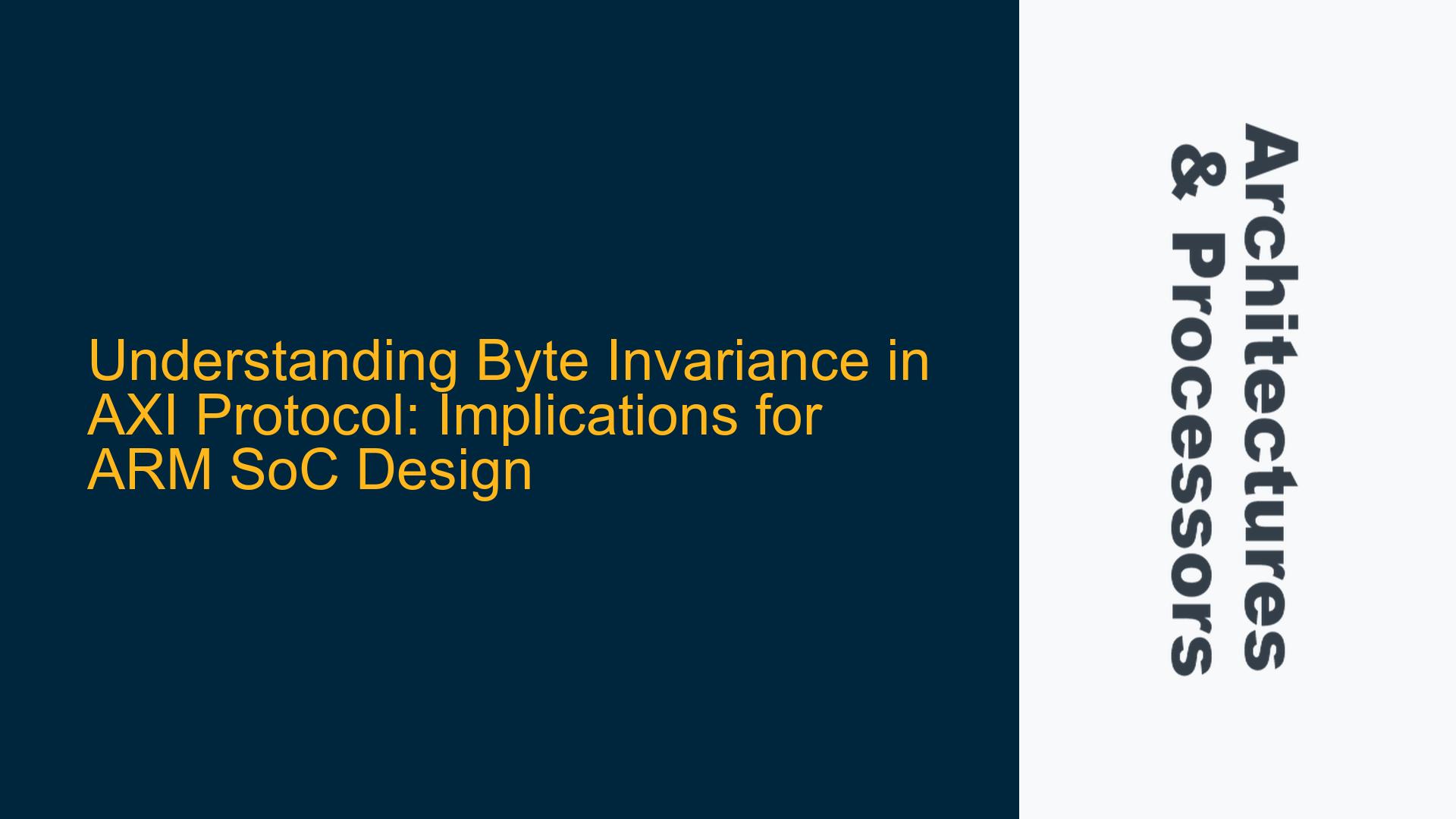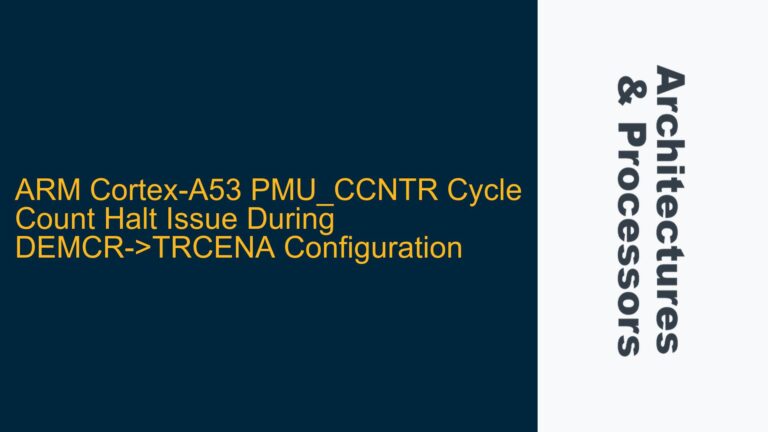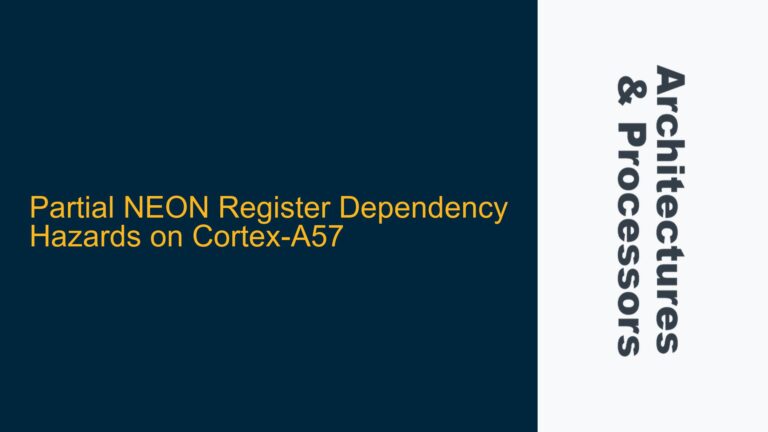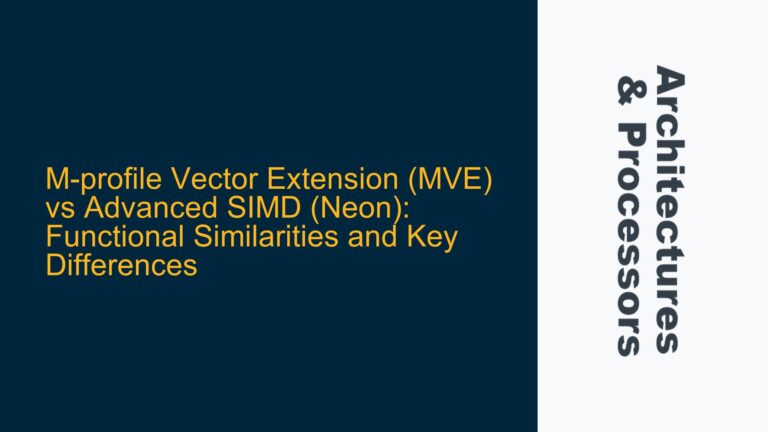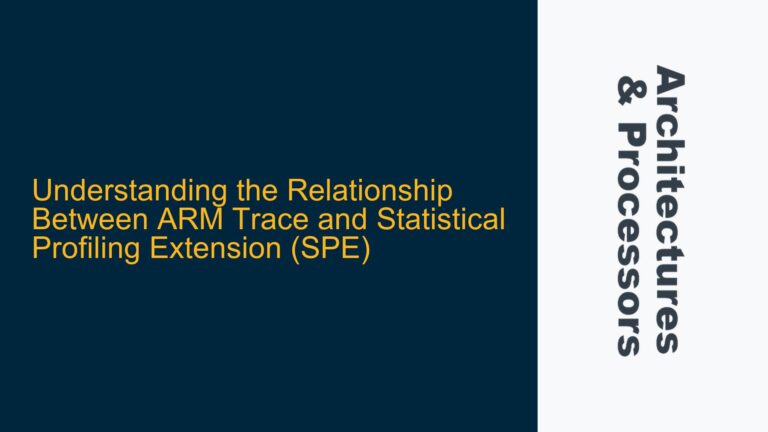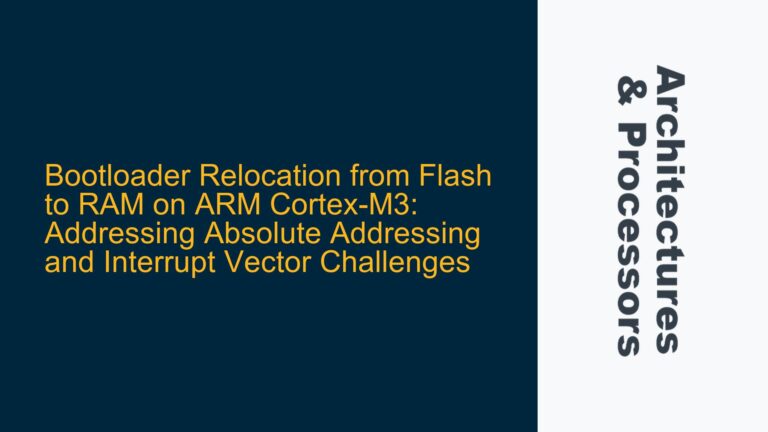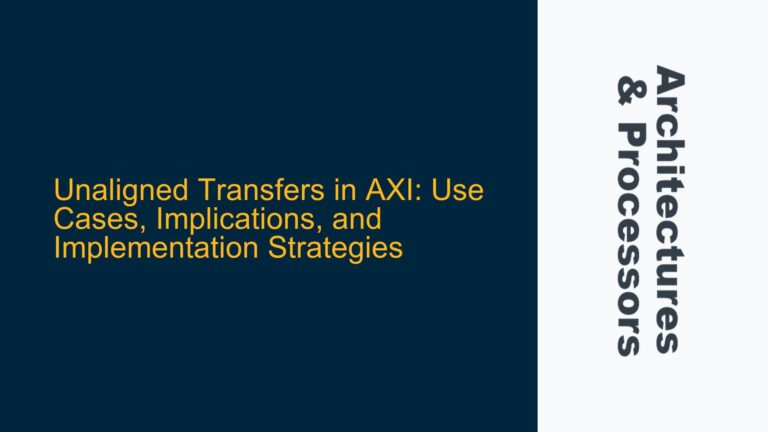Byte Invariance in AXI: Definition and Functional Significance
Byte invariance is a fundamental concept in the AXI (Advanced eXtensible Interface) protocol, which is widely used in ARM-based SoC designs. It refers to the property that ensures data bytes are mapped to the same byte lanes on the data bus, regardless of the system’s endianness. This means that the physical byte lanes (e.g., D[7:0], D[15:8], etc.) on the AXI bus will always carry the same byte of data for a given address, irrespective of whether the system is operating in little-endian or big-endian mode.
In practical terms, byte invariance simplifies the design and integration of systems that need to handle mixed-endian data. For example, in a 32-bit AXI bus, a 16-bit data transfer to address 0x0 will always place the data on D[15:0]. The endianness of the system then determines the order of the bytes within D[15:0]. In a little-endian system, the least significant byte (LSB) will be on D[7:0], while in a big-endian system, the LSB will be on D[15:8]. This consistency in byte lane mapping is crucial for ensuring predictable data transfer behavior across different system configurations.
Byte invariance is particularly important in ARM SoCs, where multiple IP blocks with different endianness requirements may be integrated into a single system. For instance, a system might include a little-endian ARM Cortex-M4 processor and a big-endian DSP core, both sharing the same AXI bus. Byte invariance ensures that data transfers between these IP blocks are handled correctly, without requiring complex byte-swapping logic.
Misconceptions and Common Pitfalls in Byte Invariance Implementation
One common misconception about byte invariance is that it implies the AXI protocol does not modify the order of bits within a byte. However, byte invariance specifically refers to the mapping of bytes to byte lanes on the data bus, not the order of bits within those bytes. The order of bits within a byte is determined by the system’s endianness, not by the AXI protocol itself.
Another potential pitfall is the confusion between byte invariance and word invariance. Word invariance, unlike byte invariance, does not guarantee that bytes will appear on the same byte lanes for different endianness modes. In a word-invariant system, the position of the complete data on the bus changes with endianness. For example, in a 32-bit bus, a 16-bit transfer to address 0x0 would use D[15:0] in little-endian mode and D[31:16] in big-endian mode. This can lead to significant complications in systems that need to handle mixed-endian data, as it requires additional logic to manage the varying byte lane mappings.
A third issue arises when designers assume that byte invariance eliminates the need for endianness-aware logic altogether. While byte invariance simplifies the handling of mixed-endian data, it does not remove the need to consider endianness when designing data structures or interfacing with IP blocks that have specific endianness requirements. For example, a big-endian IP block may expect data to be presented in a specific byte order, even if the AXI bus is byte-invariant.
Best Practices for Implementing and Verifying Byte Invariance in ARM SoCs
To ensure correct implementation of byte invariance in ARM SoCs, designers should follow a systematic approach that includes careful specification analysis, robust verification strategies, and thorough testing. The following steps outline a best-practice methodology for implementing and verifying byte invariance:
1. Specification Analysis and Design Planning:
- Begin by thoroughly reviewing the AXI protocol specification, focusing on the sections related to byte invariance and endianness. Pay particular attention to the mapping of byte lanes for different data widths and endianness modes.
- Identify all IP blocks in the system that have specific endianness requirements. Document the expected byte ordering for each IP block and ensure that the AXI bus configuration supports these requirements.
- Define the system’s endianness mode (little-endian, big-endian, or mixed-endian) and ensure that all IP blocks and software components are compatible with this mode.
2. RTL Design and Integration:
- Implement the AXI bus fabric with byte invariance in mind. Ensure that the byte lane mappings are consistent with the AXI specification and the system’s endianness mode.
- Use synthesis constraints to enforce the correct byte lane mappings during the place-and-route process. This is particularly important for high-speed designs where timing violations could lead to incorrect byte lane assignments.
- Integrate endianness-aware logic where necessary, such as in bridges or adapters that interface between IP blocks with different endianness requirements. Ensure that this logic is thoroughly tested to handle all possible data transfer scenarios.
3. Verification and Testing:
- Develop a comprehensive verification plan that includes both unit-level and system-level tests for byte invariance. Use SystemVerilog and UVM (Universal Verification Methodology) to create testbenches that cover all corner cases related to byte lane mappings and endianness.
- Implement assertions to check that byte lane mappings are consistent with the AXI specification and the system’s endianness mode. These assertions should be included in both the RTL design and the verification environment.
- Perform extensive simulation testing, including randomized testing, to ensure that the system handles mixed-endian data correctly. Pay particular attention to scenarios where data is transferred between IP blocks with different endianness requirements.
- Use formal verification techniques to prove that the byte lane mappings are correct under all possible conditions. This is especially important for safety-critical systems where incorrect byte lane mappings could lead to catastrophic failures.
4. Debugging and Optimization:
- Use simulation waveforms and debug tools to trace byte lane mappings during data transfers. This can help identify any discrepancies between the expected and actual byte lane assignments.
- Optimize the AXI bus fabric for performance by minimizing the latency and bandwidth overhead associated with endianness-aware logic. This may involve reconfiguring the bus fabric or using specialized IP blocks that handle endianness conversion efficiently.
- Conduct power analysis to ensure that the byte invariance implementation does not introduce unnecessary power consumption. This is particularly important for battery-powered devices where power efficiency is critical.
5. Documentation and Compliance:
- Document the byte invariance implementation in detail, including the byte lane mappings for all data widths and endianness modes. This documentation should be included in the system’s design specification and verification plan.
- Ensure that the implementation complies with the AXI protocol specification and any relevant industry standards. This may involve conducting a compliance review or obtaining certification from a third-party organization.
By following these best practices, designers can ensure that byte invariance is correctly implemented and verified in ARM SoCs, leading to robust and reliable systems that handle mixed-endian data with ease.
